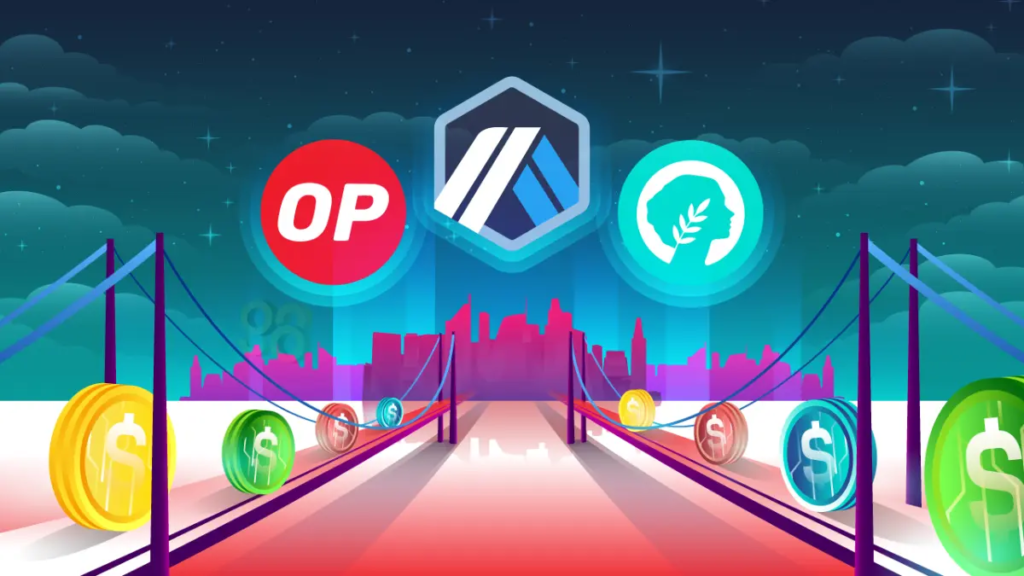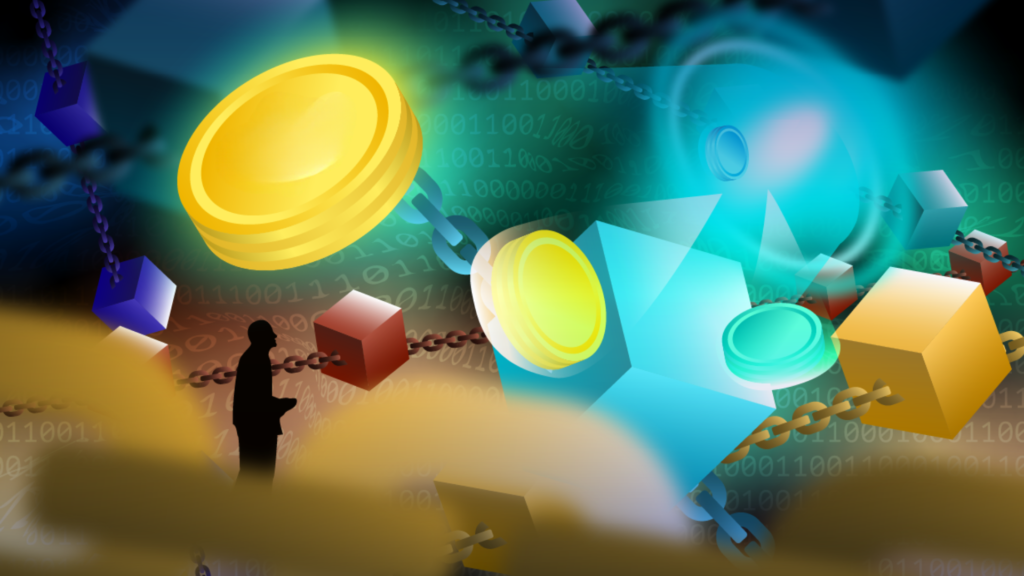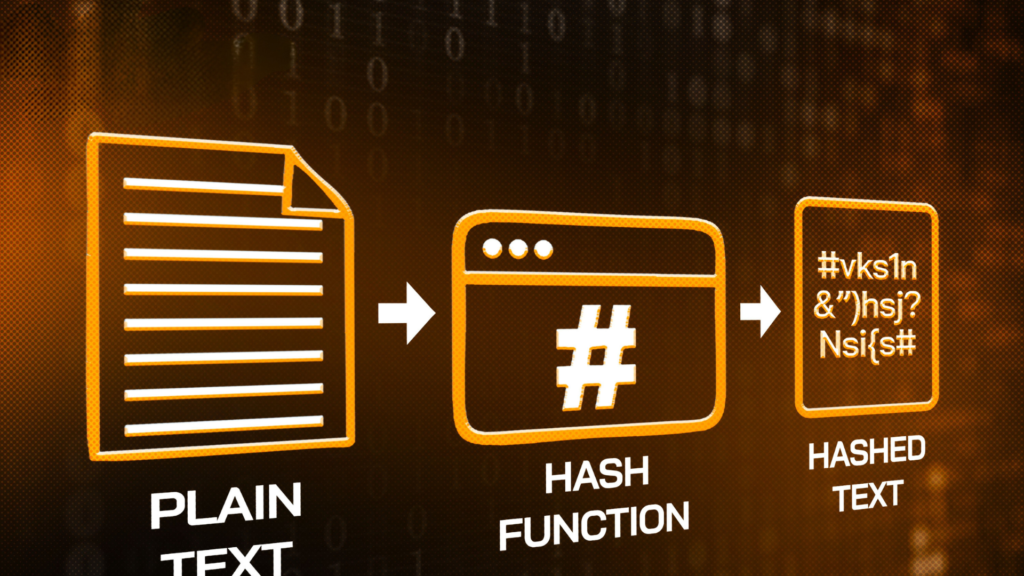New ecosystems on Layer 2 have been the talk of the community lately. This article will guide you on how to transfer coins & tokens to L2s to find investment opportunities in the early stages of a project.

Transferring Coins to Layer 2 Platforms
Optimistic Rollup platforms can be considered separate L1 ecosystems, each developing unique strengths and creating distinct investment opportunities. This gives rise to the need to transfer capital between these systems, allowing users to access new platforms and protocols for interaction and profit-seeking.
For example:
- Sending DAI from Ethereum to Arbitrum and depositing it into lending protocols to earn interest.
- Sending DAI & ETH from Ethereum to Metis to provide liquidity on AMMs for farming.
- Sending ETH from Ethereum to Optimism to use as collateral in debt protocols to borrow stablecoins for farming.
According to on-chain data, users often choose to send ETH or DAI to Optimism, Arbitrum, and Metis. Three reasons explain this user behavior:
- Currently, fees on the three platforms Optimism, Arbitrum, and Metis are calculated in ETH, so users are required to have ETH to operate on them.
- Both ETH & stablecoins have high acceptance rates from protocols.
- Stablecoins are not subject to market volatility, helping users better control their investments.
Transferring ETH Across Layer 2 Platforms
In reality, each platform supports different ways to transfer ETH between them; you can refer to the details here. Depending on your individual needs, you can choose the appropriate platform:
- Supports transferring ETH to Optimism: www.optimism.io/apps/bridges
- Supports transferring ETH to Arbitrum: portal.arbitrum.one
- Supports transferring ETH to Metis: bridge.metis.io/home
Among these, I find Synapse Protocol to be the most stable platform, as it allows transferring ETH between Ethereum, Optimism, Arbitrum, and Metis. If you prefer convenience, Synapse might be the right choice for you.
Transferring ETH to Layer 2 using Synapse Protocol
In this section, I will guide you on how to use Synapse Protocol to deposit & withdraw ETH to Optimism, Arbitrum, and Metis.
First, visit the Synapse homepage. Then click “Bridge” and connect your Metamask wallet to Synapse.
Next, select the network you want to transfer funds to by customizing the “From” and “To” fields. If you want to transfer ETH from Arbitrum to Metis, set “From” to Arbitrum and “To” to Metis. Choose the asset you want to transfer from Arbitrum to Metis, which is ETH in this case.
Next, enter the amount of ETH you want to transfer and click “Approve Token.” Once the approval is confirmed, click “Bridge Token” to transfer your ETH from Arbitrum.
After the transaction is complete, it will take about 2-3 minutes for you to receive ETH on Metis. You can follow the same steps to transfer ETH between the four platforms: Ethereum, Optimism, Arbitrum, and Metis.
Transferring Stablecoins to Layer 2 using Stargate Finance
In this section, I will guide you on how to use Stargate Finance to deposit & withdraw stablecoins to Optimism, Arbitrum, and Metis. You can also use Synapse Protocol to transfer stablecoins to Optimism, Arbitrum, and Metis.
First, visit the Stargate Finance homepage. Then click “Transfer” and connect your Metamask wallet to Stargate Finance.
Next, select the network you want to transfer funds to by customizing the “From” and “To” fields. If you want to transfer USDT from Arbitrum and receive USDC on Optimism, set “From” to Arbitrum and “To” to Optimism.
Next, enter the amount of USDT you want to transfer and click “Approve Token.” Once the approval is confirmed, click “Confirm Transfer” to transfer your USDT from Arbitrum.
After the transaction is complete, it will take about 2-3 minutes for you to receive USDC on Optimism. You can follow the same steps to transfer supported stablecoins between the three platforms: Ethereum, Optimism, and Arbitrum.
Conclusion
I hope this information will help you easily access prominent Layer-2 platforms like Optimism, Arbitrum, and Metis, as well as find good investment opportunities within those ecosystems. If you have any other questions related to the topic, please leave a comment below,

